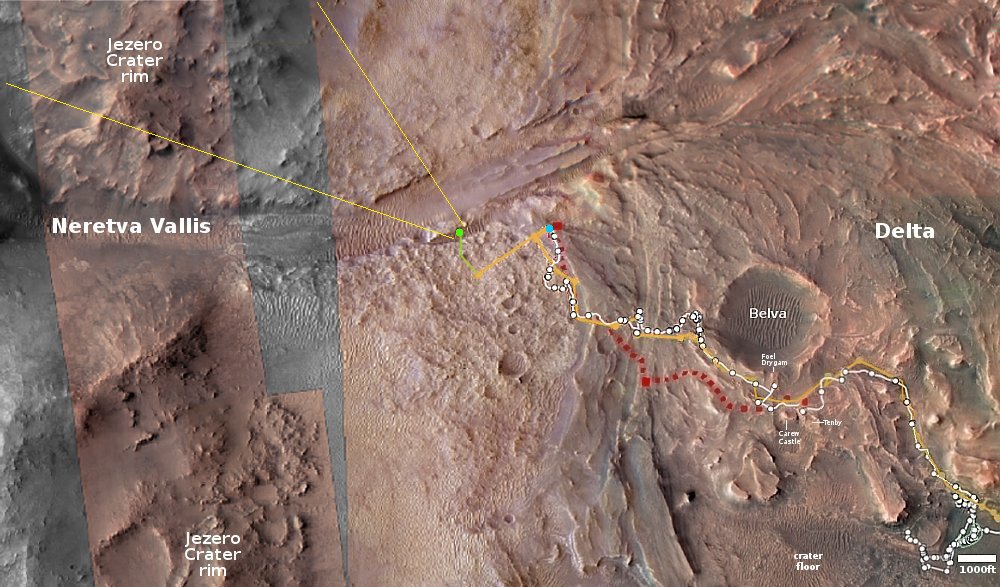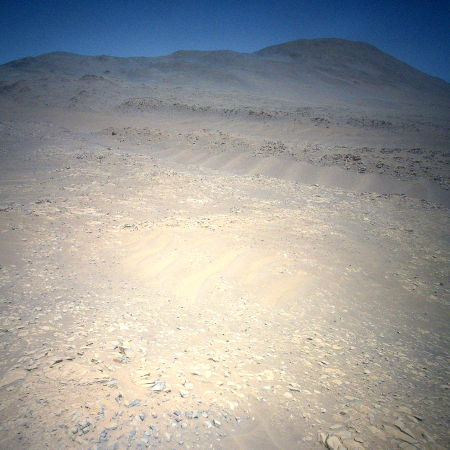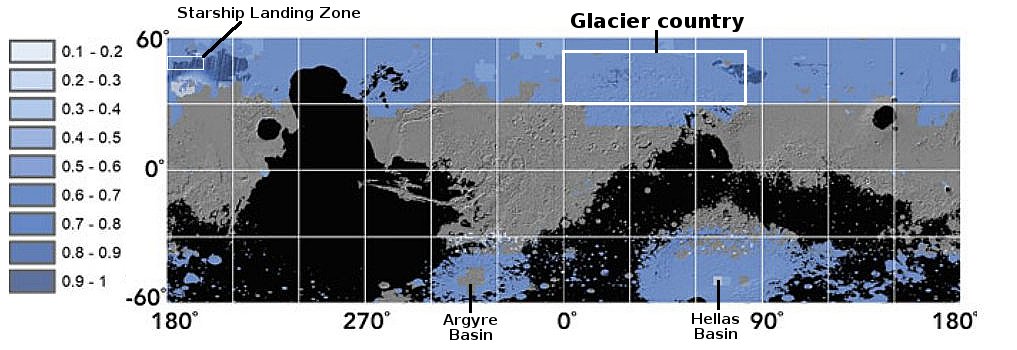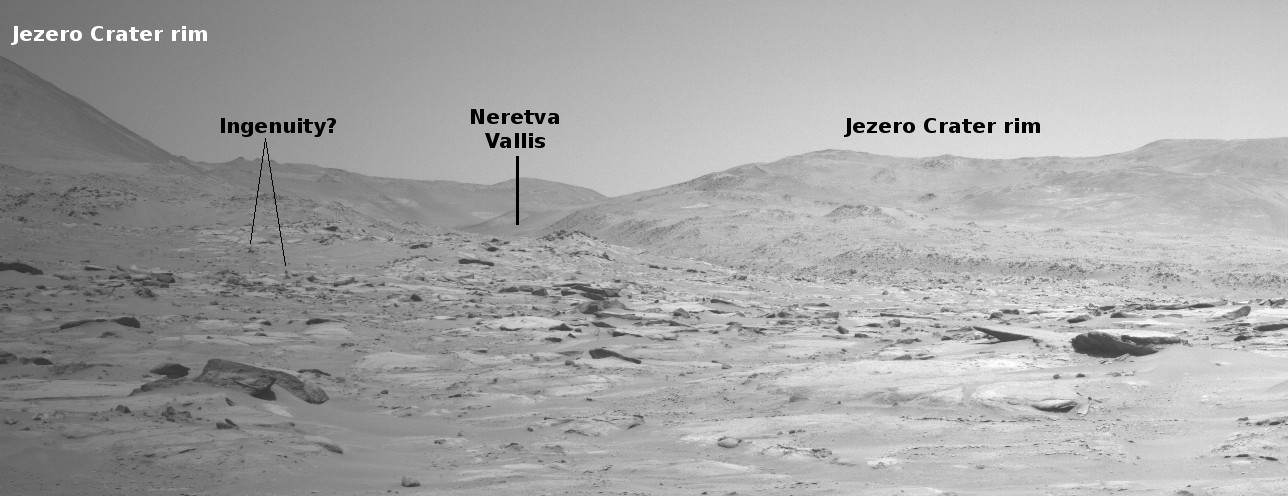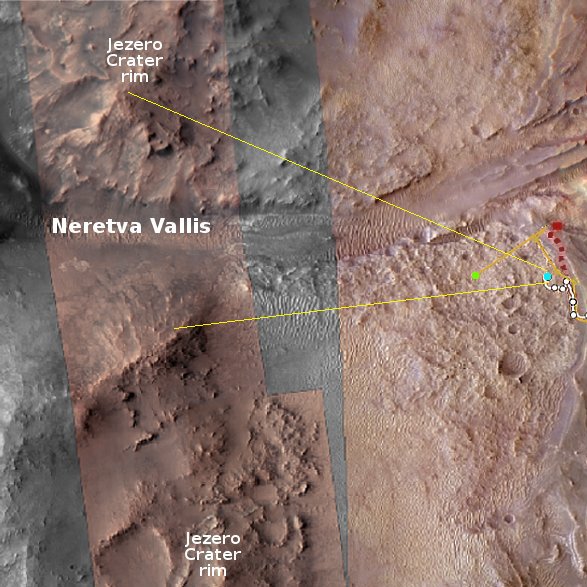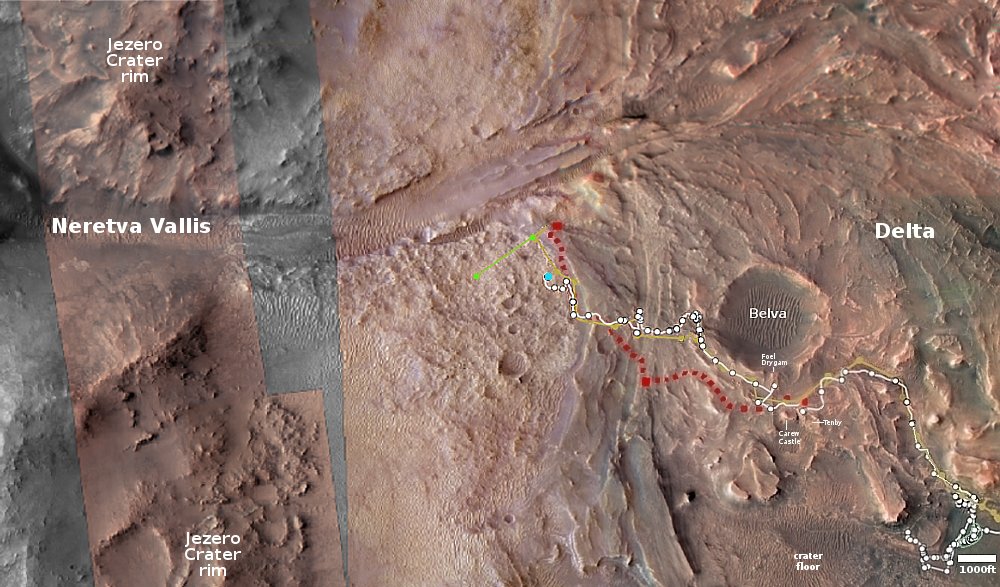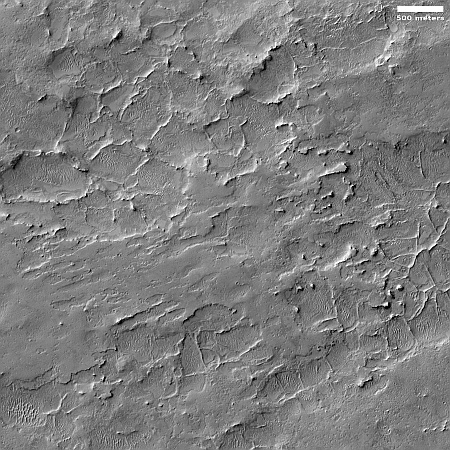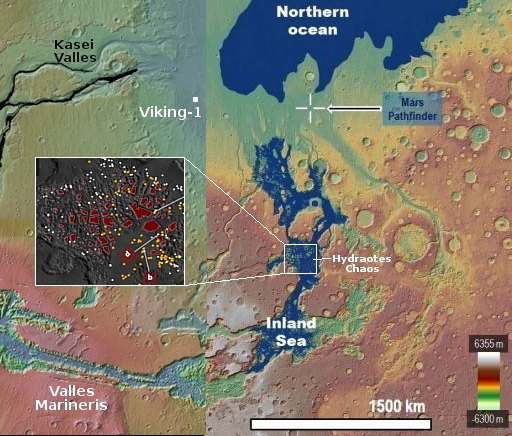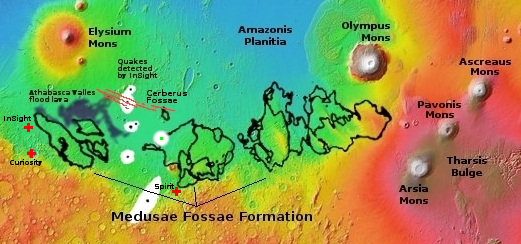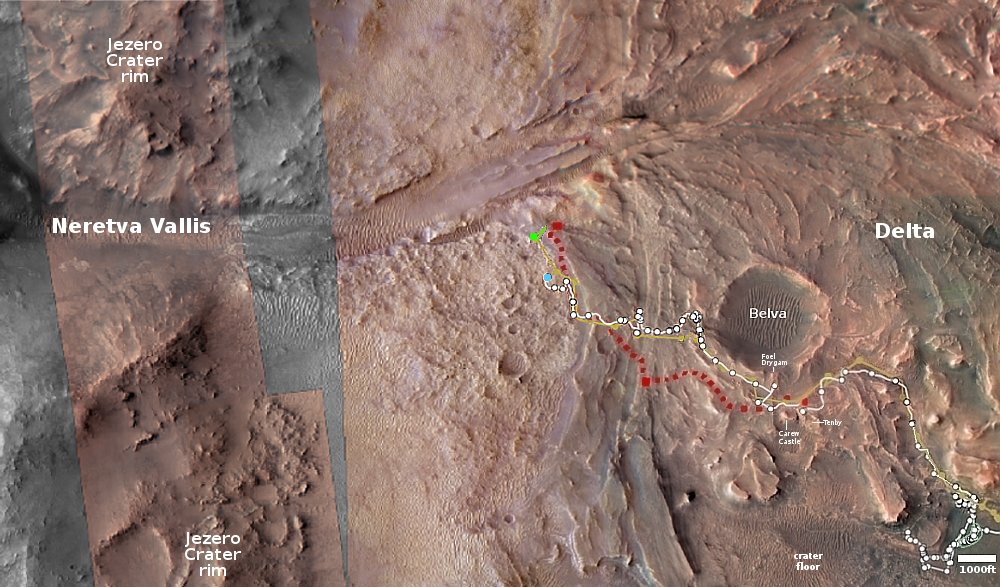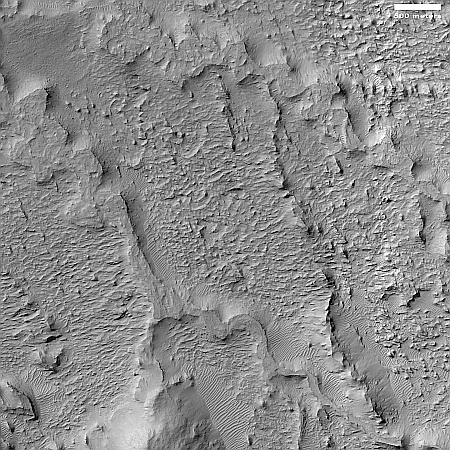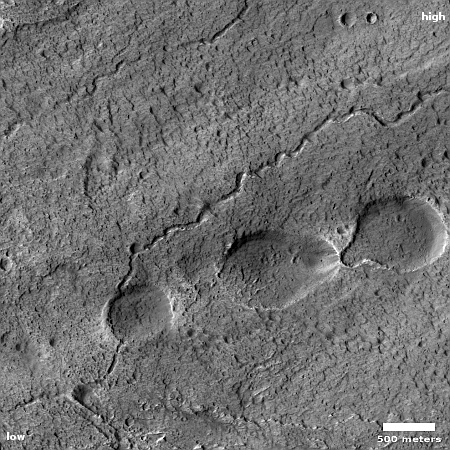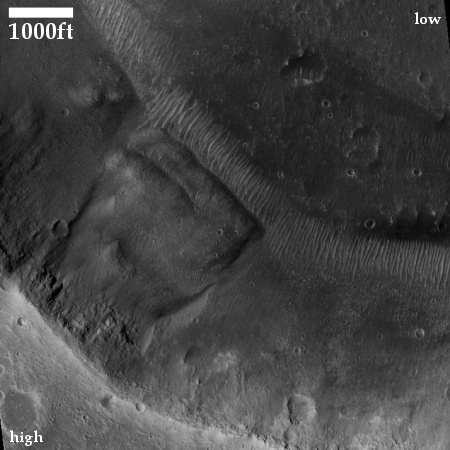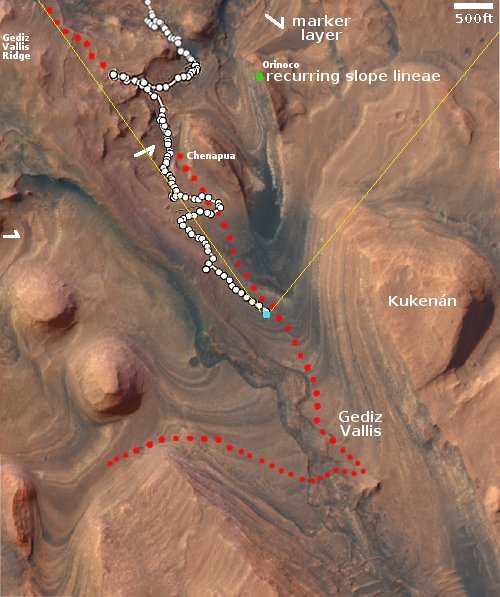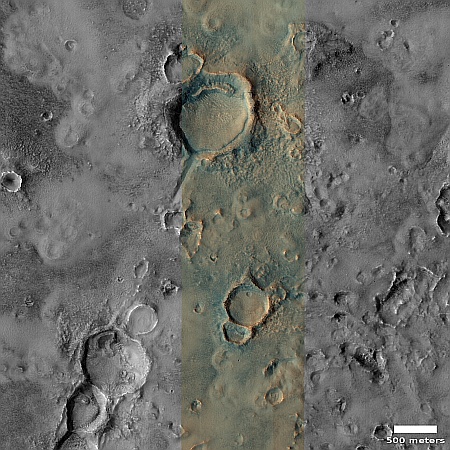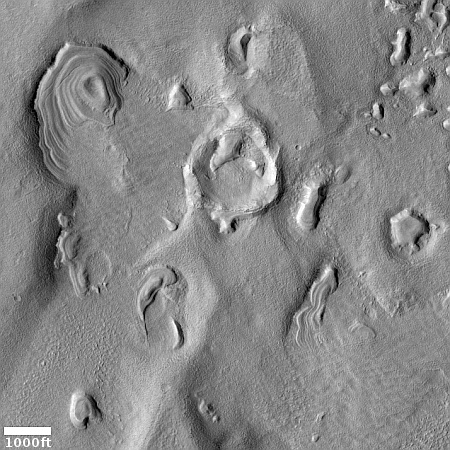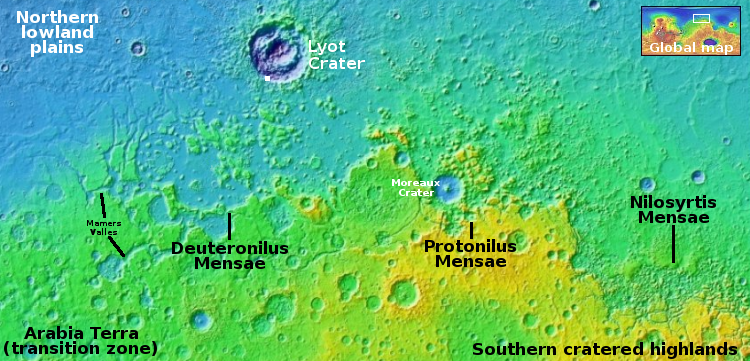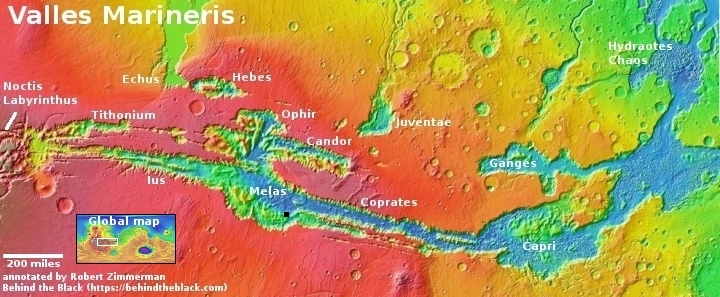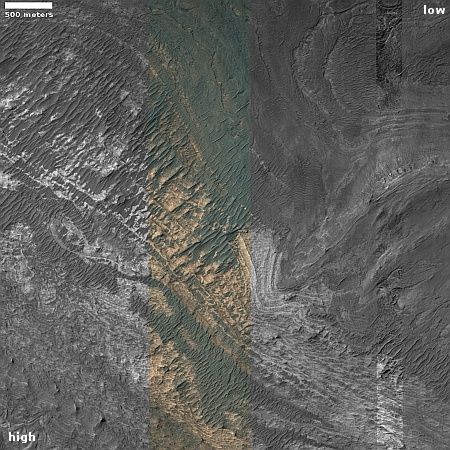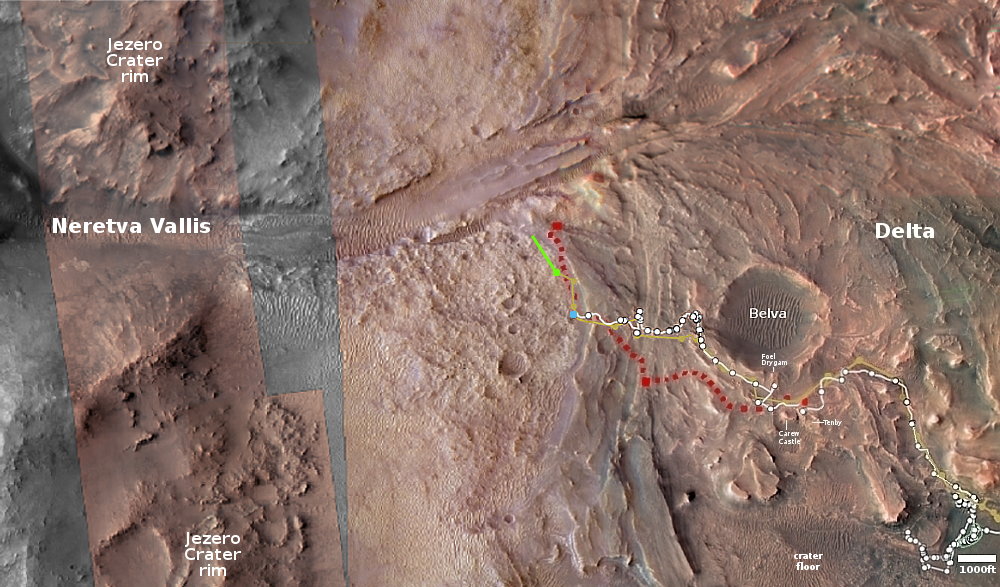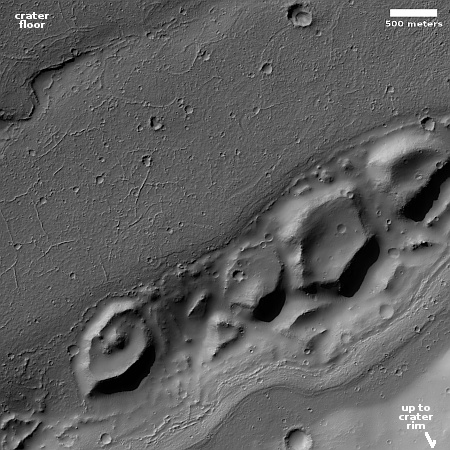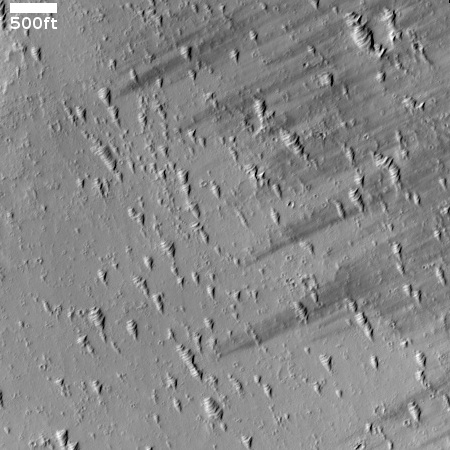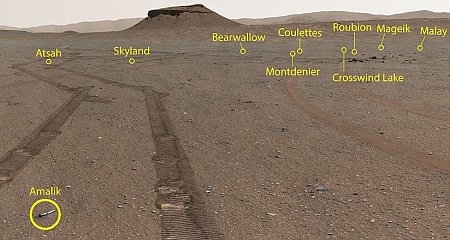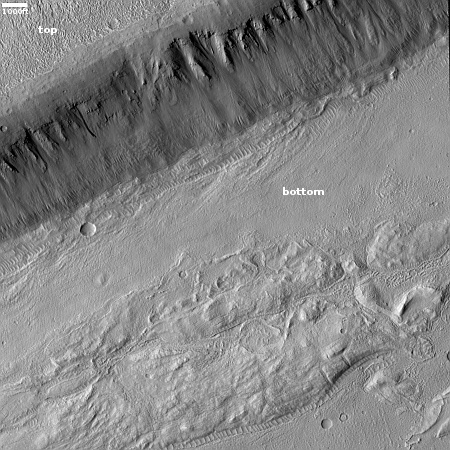Scour pits of volcanic Martian ash
Cool image time! The picture to the right, cropped, reduced, and sharpened to post here, was taken on June 16, 2023 by the high resolution camera on Mars Reconnaissance Orbiter (MRO). The science team describes this as “clusters of scour pits,” which means the pits here were formed by the prevailing winds, which according to a global analysis of dunes on Mars, is probably blowing from the west to the east at this location.
This image only covers a small section of these scour pits. The full field extends about 20 by 18 miles across, and appears to be the southeastern flank of a mile-high dome. The scour marks could therefore also be evidence of some sagging of this material downhill along that flank.
It is also possible that the flow of the prevailing winds across this southeastern downhill slope is causing the pit formation. Unlike this flank, the rest of this dome is relatively smooth.
» Read more
Cool image time! The picture to the right, cropped, reduced, and sharpened to post here, was taken on June 16, 2023 by the high resolution camera on Mars Reconnaissance Orbiter (MRO). The science team describes this as “clusters of scour pits,” which means the pits here were formed by the prevailing winds, which according to a global analysis of dunes on Mars, is probably blowing from the west to the east at this location.
This image only covers a small section of these scour pits. The full field extends about 20 by 18 miles across, and appears to be the southeastern flank of a mile-high dome. The scour marks could therefore also be evidence of some sagging of this material downhill along that flank.
It is also possible that the flow of the prevailing winds across this southeastern downhill slope is causing the pit formation. Unlike this flank, the rest of this dome is relatively smooth.
» Read more


